HISTORY
The Blériot XI, largely designed by Raymond Saulnier, was a development of the Blériot VIII, which Blériot had flown successfully in 1908. Like its predecessor, it was a tractor-configuration monoplane with a partially covered box-girder fuselage built from ash with wire cross bracing. The principal difference was the use of wing warping for lateral control. The tail surfaces consisted of a small balanced all-moving rudder mounted on the rearmost vertical member of the fuselage and a horizontal tailplane mounted under the lower longerons. This had elevator surfaces making up the outermost part of the fixed horizontal surface; these "tip elevators" were linked by a torque tube running through the inner section. The bracing and warping wires were attached to a dorsal, five-component "house-roof" shaped cabane consisting of a pair of inverted V struts with their apices connected by a longitudinal tube, and an inverted four-sided pyramidal ventral cabane, also of steel tubing, below. When first built it had a wingspan of 7 m (23 ft) and a small teardrop-shaped fin mounted on the cabane, which was later removed.
Like its predecessor, it had the engine mounted directly in front of the leading edge of the wing and the main undercarriage was also like that of the Type VIII, with the wheels mounted in castering trailing arms which could slide up and down steel tubes, the movement being sprung by bungee cords. This simple and ingenious design allowed crosswind landings with less risk of damage. A sprung tailwheel was fitted to the rear fuselage in front of the tailplane, with a similar castering arrangement.
When shown at the Paris Aero Salon in December 1908, the aircraft was powered by a 26 kW (35 hp) 7-cylinder R.E.P. engine driving a four-bladed paddle-type propeller. The aircraft was first flown at Issy-les-Moulineaux on 23 January 1909, but although the aircraft handled well, the engine proved extremely unreliable and, at the suggestion of his mechanic Ferdinand Collin, Blériot made contact with Alessandro Anzani, a famous motorcycle racer whose successes were due to the engines that he made, and who had recently entered the field of aero-engine manufacture. On 27 May 1909, a 19 kW (25 hp) Anzani 3-cylinder fan-configuration (semi-radial) engine was fitted. The propeller was also replaced with a Chauvière Intégrale two-bladed scimitar propeller made from laminated walnut wood. This propeller design was a major advance in French aircraft technology and was the first European propeller to rival the efficiency of the propellers used by the Wright Brothers.
During early July, Blériot was occupied with flight trials of a new aircraft, the two-seater Type XII, but resumed flying the Type XI on 18 July. By then, the small cabane fin had been removed and the wingspan increased by 79 cm (31 in). On 26 June, he managed a flight lasting 36 minutes 55 seconds, and on 13 July, Blériot won the Aero Club de France's first Prix du Voyage with a 42 km (26 mi) flight between Etampes and Orléans.
Specifications
Spotlights
- This craft is curated
General Characteristics
- Predecessor Bleriot XI 5.0 VR
- Created On Mac
- Wingspan 34.2ft (10.4m)
- Length 36.8ft (11.2m)
- Height 11.5ft (3.5m)
- Empty Weight 4,743lbs (2,151kg)
- Loaded Weight 6,382lbs (2,895kg)
Performance
- Horse Power/Weight Ratio 0.156
- Wing Loading 28.5lbs/ft2 (139.3kg/m2)
- Wing Area 223.7ft2 (20.8m2)
- Drag Points 6665
Parts
- Number of Parts 170
- Control Surfaces 5
- Performance Cost 551

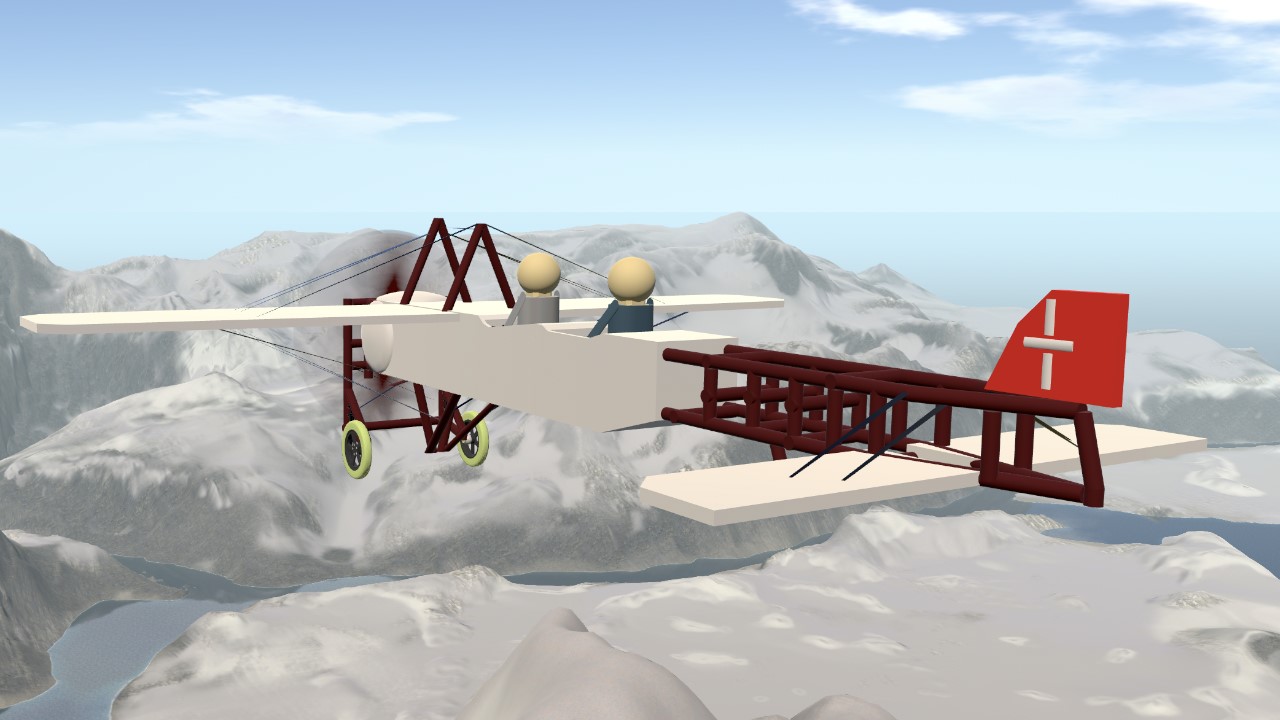
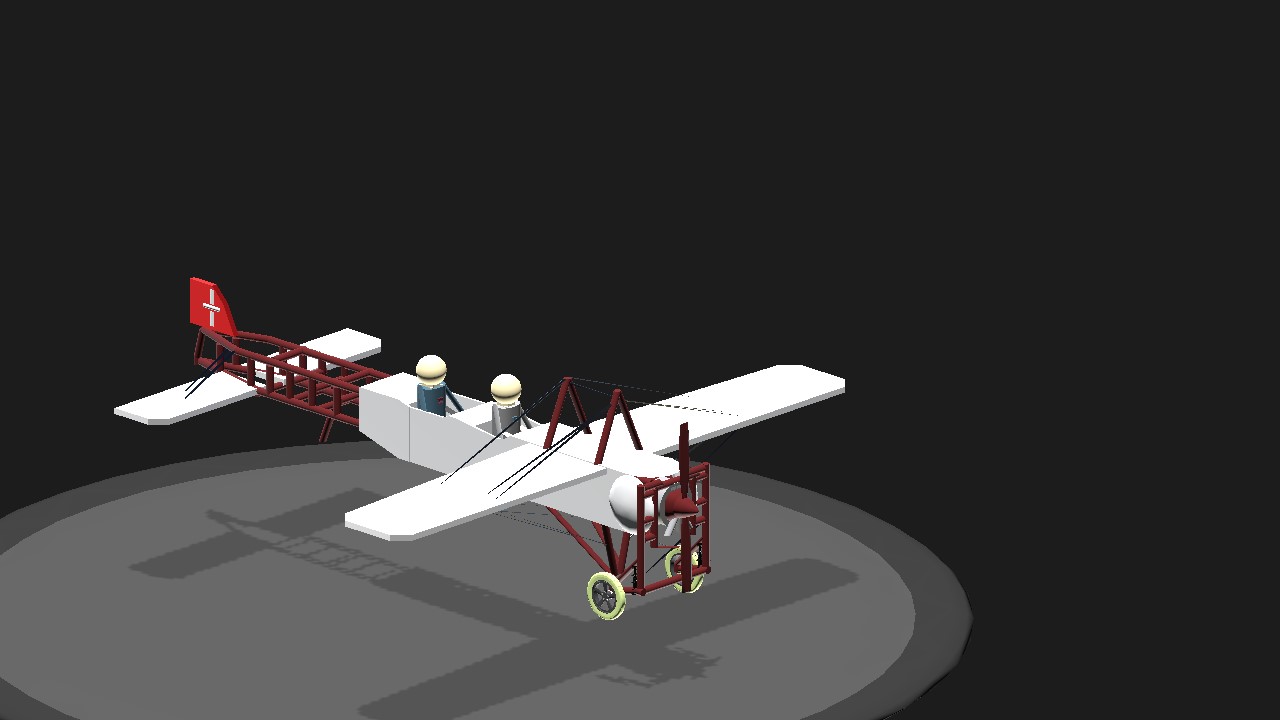
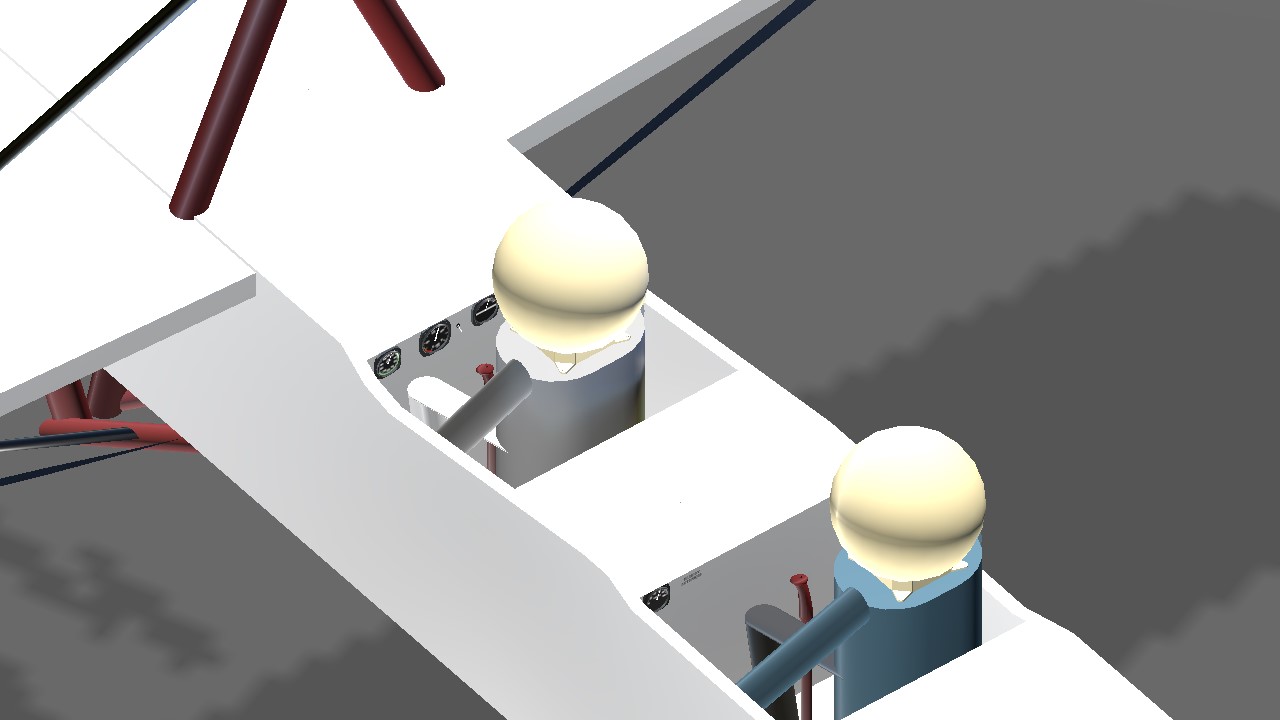
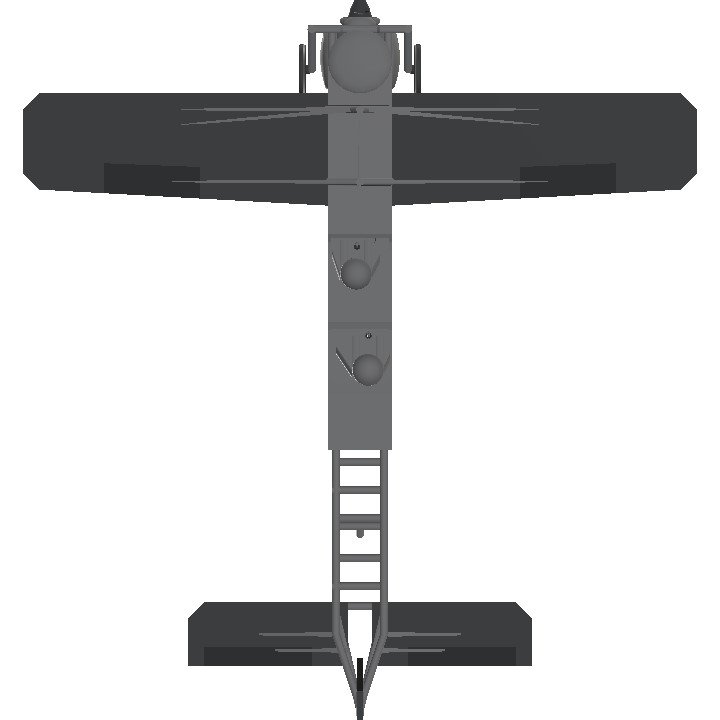
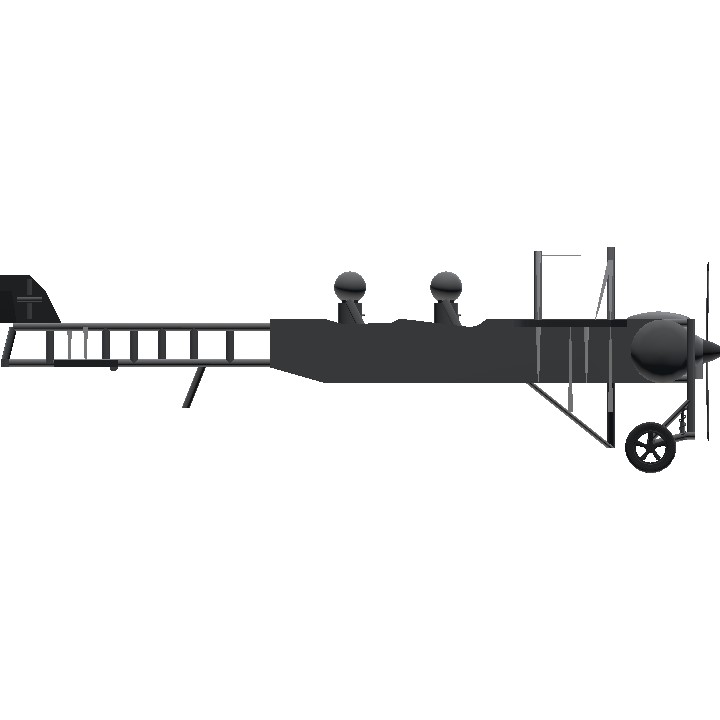
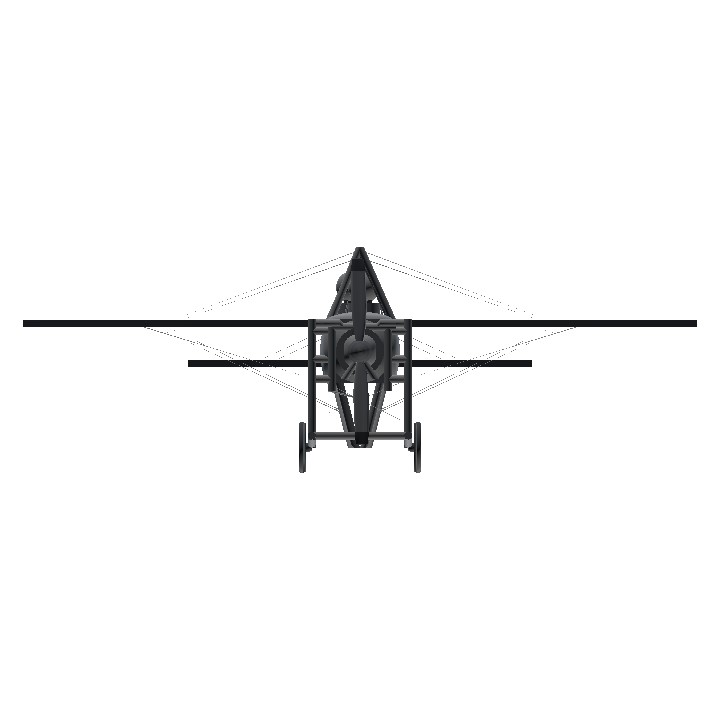
Awesome